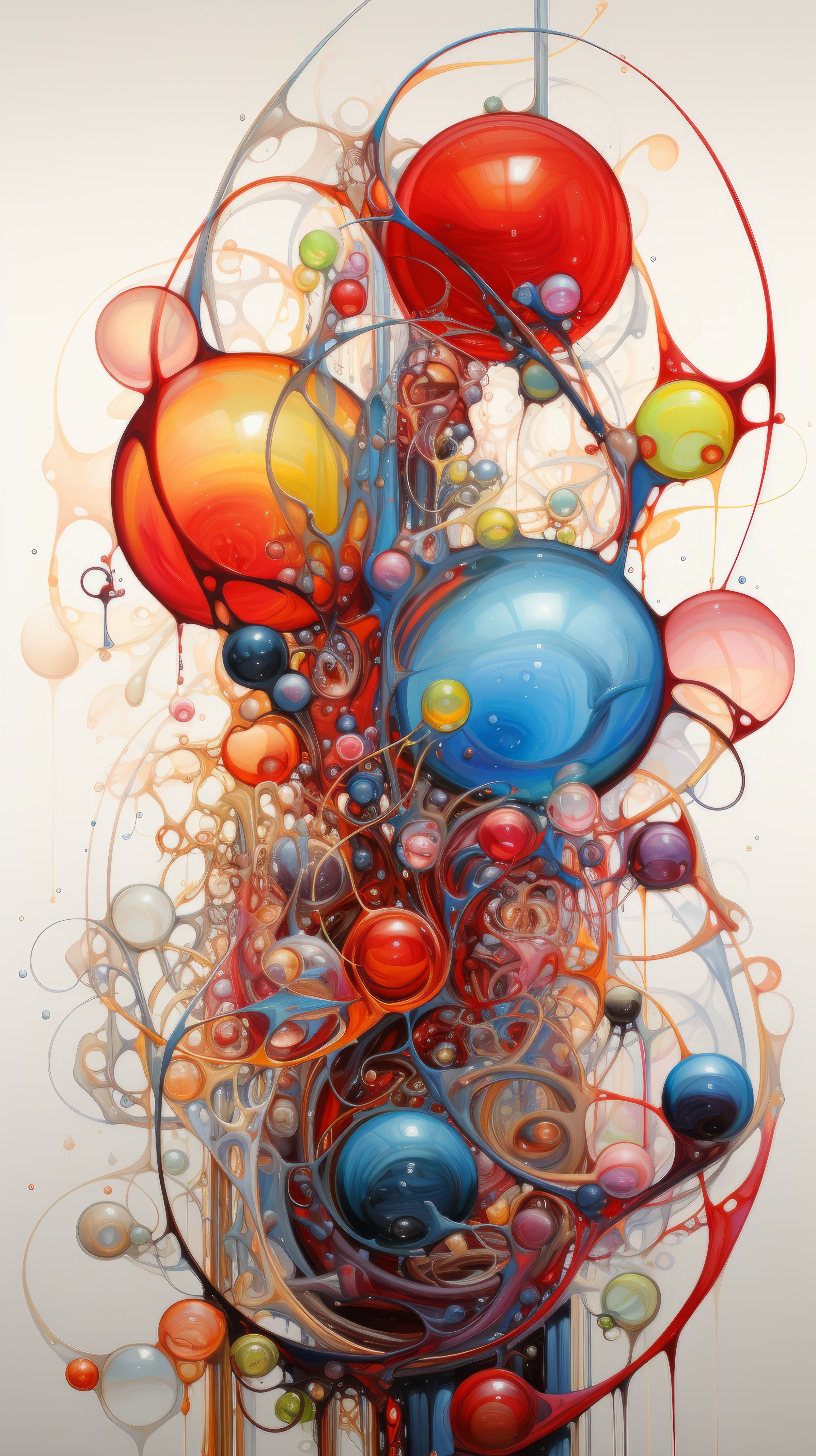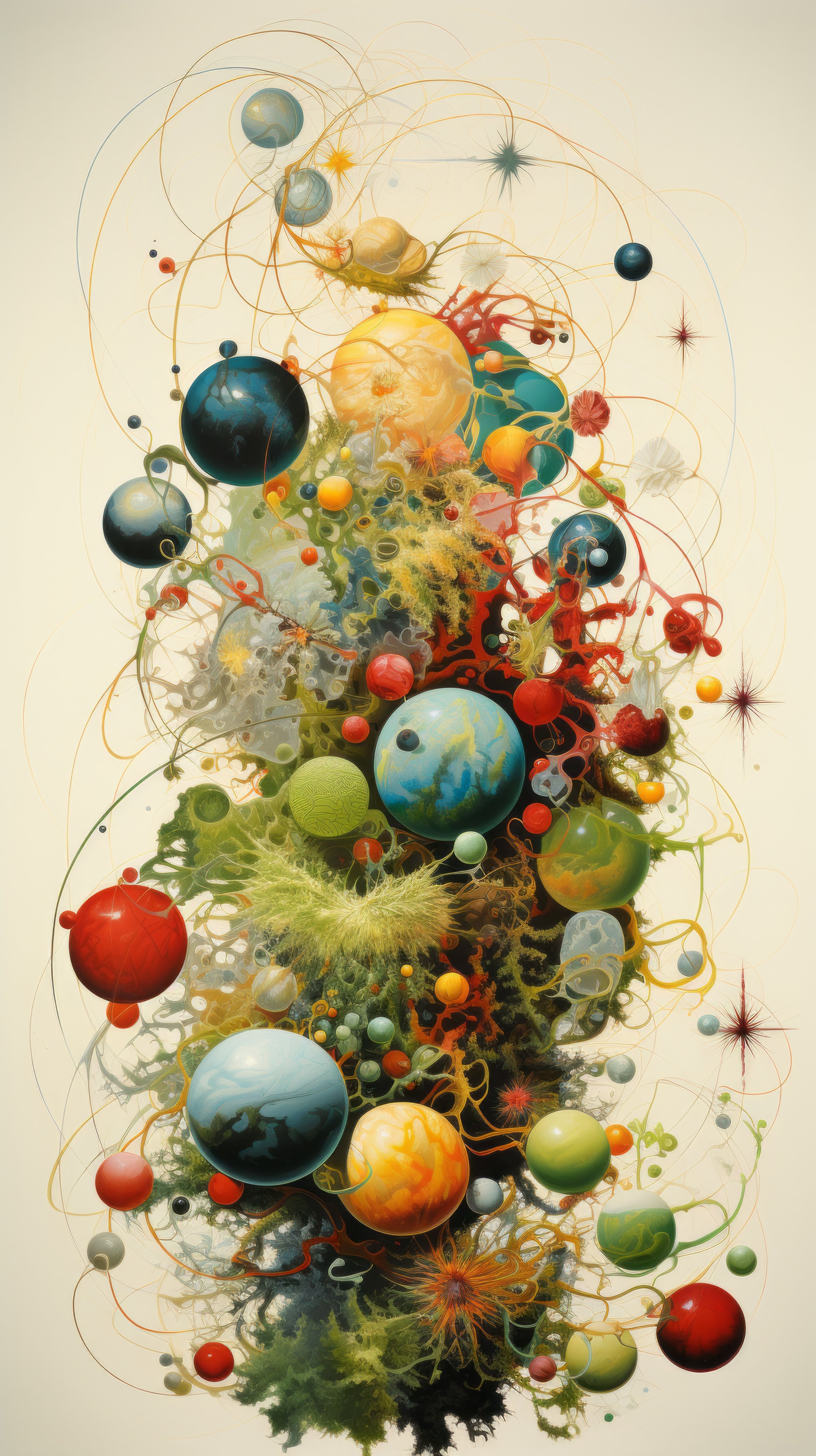Random
The nature of randomness is completely exemplified by the advent of Artificial Intelligence generated art.
The intersection of artificial intelligence (AI) and art has opened up new possibilities and challenges traditional notions of creativity. One fascinating aspect of this intersection is AI-generated art, where machines are programmed to create original artworks. This blog will delve into the concept of generative art and its connection to randomness, as well as provide examples of renowned AI-generated artworks and their impact on the art world.
Generative art is a form of art that is created using a set of rules or algorithms, often with an element of randomness. It involves using a computer program or AI system to generate images, music, or other forms of artistic expression. One of the key elements of generative art is the incorporation of randomness, which allows for unexpected and novel creations.
Randomness plays a significant role in generative art as it introduces an element of unpredictability and surprise. By incorporating randomness into the algorithms, artists and programmers can create artworks that are constantly evolving and changing. This aspect of randomness challenges the traditional notion of art as a static and fixed entity, and instead embraces the idea of art as a dynamic and ever-changing process.
AI-generated art takes generative art to a whole new level by using sophisticated machine-learning algorithms to create original artwork. These algorithms are trained on vast amounts of data, such as images, paintings, or music, and learn to generate new pieces based on patterns and structures found in the training data. The use of AI in art creation has sparked debates about the role of machines in the creative process and the definition of art itself.
One of the most famous examples of AI-generated art is "Portrait of Edmond de Belamy" by the art collective Obvious. The artwork was created using a Generative Adversarial Network (GAN), a type of AI algorithm. The GAN was trained on a dataset of historical portraits, and it generated a unique portrait that was then printed and exhibited in galleries. The artwork sold for a staggering $432,500 at an auction, highlighting the growing recognition and value of AI-generated art in the art world.
Another notable example is the "Nightmare Machine," developed by researchers at the Massachusetts Institute of Technology (MIT). The Nightmare Machine uses deep learning algorithms to transform ordinary images into eerie and unsettling artworks. By leveraging the power of AI, the Nightmare Machine explores the darker side of generative art and challenges our perceptions of beauty and aesthetics.
The impact of AI-generated art on the art world is undeniable. It has sparked discussions about the role of technology in the creative process and the future of art. Some argue that AI-generated art is a form of plagiarism, as the machine is essentially replicating existing artworks. However, proponents of AI-generated art argue that it is a new form of artistic expression and a collaboration between humans and machines.
AI-generated art has also opened up new possibilities for artists and creators. It allows for the exploration of new artistic styles, techniques, and aesthetics that would be difficult or impossible to achieve manually. Artists can leverage the power of AI to push the boundaries of their creativity and create artworks that were previously unimaginable.
In conclusion, the intersection of AI and art has given rise to a fascinating genre of art known as AI-generated art. This form of generative art incorporates randomness and utilizes sophisticated machine learning algorithms to create original artworks. Examples such as "Portrait of Edmond de Belamy" and The Nightmare Machine demonstrate the impact and potential of AI-generated art in the art world. While debates about the role of machines in the creative process continue, it is clear that AI-generated art is reshaping the definition of art and opening up new possibilities for artistic expression.



